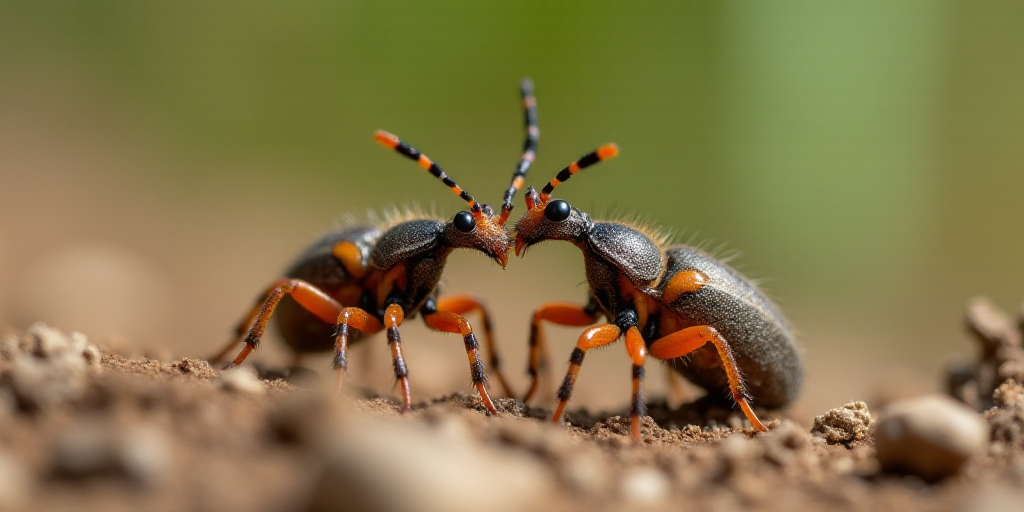Background on the Cattle Lungworm (Gusano Barrenador del Ganado) Situation
The cattle lungworm, or Gusano Barrenador del Ganado (GBG), has significantly affected the south-southeast region of Mexico. In response, Querétaro state has adopted a tracing strategy for cattle and reduced the purchase of animals from the affected area.
Querétaro’s Measures to Mitigate Risk
Rosendo Anaya Aguilar, the Secretary of Agricultural Development (Sedea) in Querétaro, explained that the state is implementing several measures to minimize the risk of GBG. These include:
- Tracing cattle from origin to slaughter
- Decreasing the inflow of animals from the south-southeast region
- Purchasing cattle from northern regions instead
Anaya Aguilar emphasized the importance of maintaining a clear record of all cattle movements and transactions between Units of Production (UPP) and Service Providers (PSG) to ensure the quality of meat consumed primarily in Querétaro.
Querétaro’s Cattle Sources and Local Consumption
Querétaro receives cattle from the south-southeast and locally produced cattle. A significant portion of this cattle, around 85%, ends up in the metropolitan area of Mexico City, while the rest remains in the local market.
Querétaro Remains GBG-Free
As of now, there are no reported cases of GBG-infected cattle in Querétaro, according to Anaya Aguilar. The state remains vigilant by continuously collaborating with federal and local authorities, such as the Secretariat of Agriculture and Rural Development (Sader), the National Service of Health, Sanitary and Food Quality (Senasica), and the Regional Cattle Union of Querétaro (UGRQ).
Affected Regions
From November 21, 2024, to August 17, 2025, the Sader reported a total of 5,086 GBG cases across Mexico. The breakdown is as follows:
- Bovines: 4,071 cases
- Canines: 394 cases
- Equines: 267 cases
- Porcinos: 220 cases
- Ovinos: 110 cases
- Caprinos: 13 cases
- Felines: 5 cases
- Aves: 4 cases
- Búfalo de agua: 1 case
- Ave silvestre: 1 case
The majority of these cases were detected in Chiapas (2,875), Tabasco (720), Oaxaca (453), Campeche (400), Yucatán (293), Veracruz (252), and Quintana Roo (93).
Key Questions and Answers
- What is the cattle lungworm (GBG)? GBG, or cattle lungworm, is a parasitic infection affecting various animal species, including cattle, dogs, horses, and pigs.
- Why is Querétaro taking these measures? Querétaro is implementing these strategies to minimize the risk of GBG infection, which has significantly impacted the south-southeast region of Mexico.
- What is the current status of GBG in Querétaro? As of now, there are no reported cases of GBG-infected cattle in Querétaro.
- Which regions have been most affected by GBG? The majority of GBG cases have been reported in Chiapas, Tabasco, Oaxaca, Campeche, Yucatán, Veracruz, and Quintana Roo.






